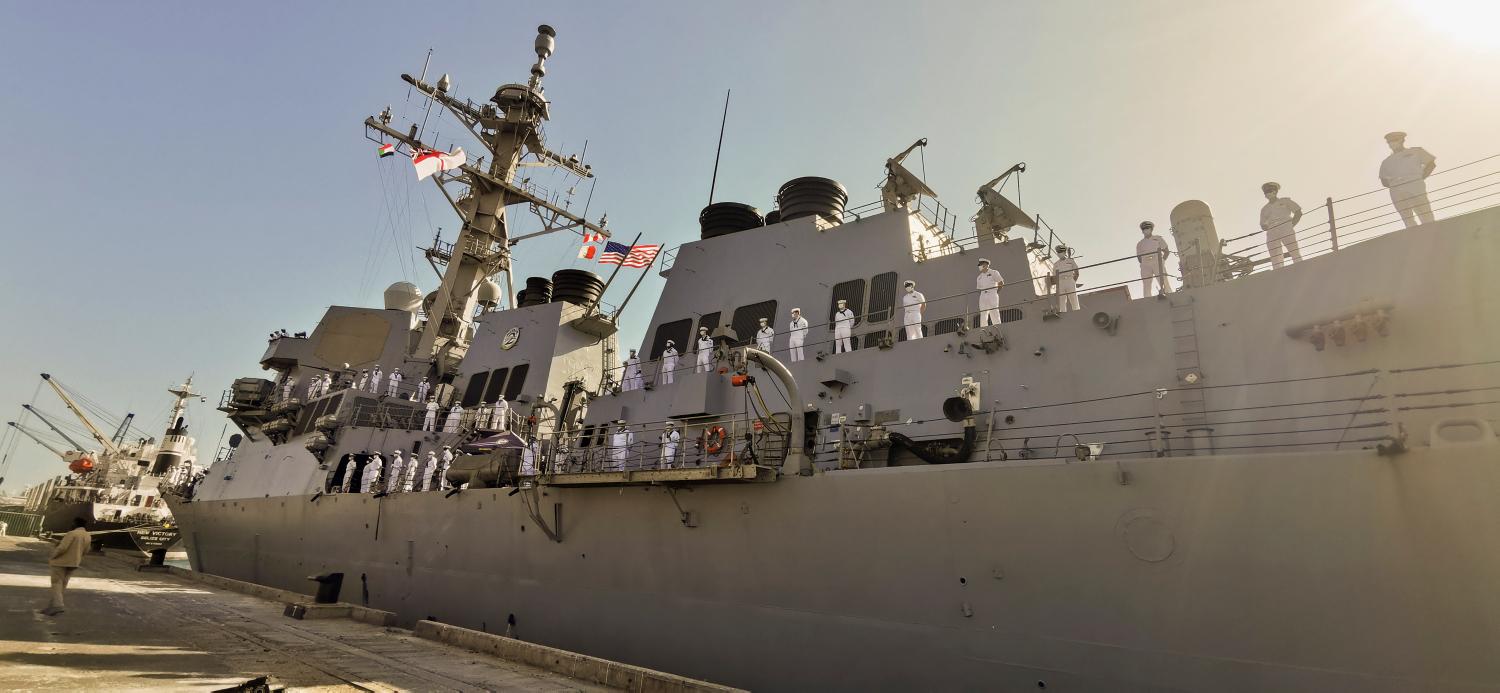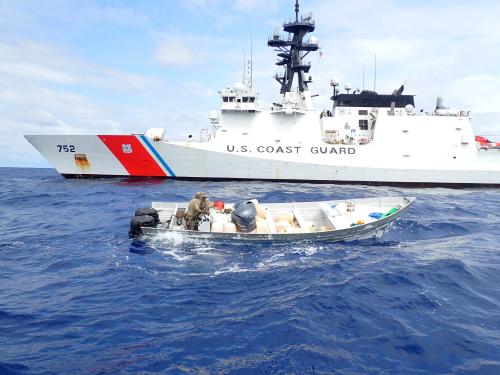On December 17, 2020 the U.S. Navy, Marine Corps, and Coast Guard (naval services) issued a new Tri-Service Maritime Strategy (TSMS). Entitled “Advantage at Sea,” the TSMS represents a significant update to modern U.S. maritime defense and security thinking, in large part, in recognition of the growing effect strategic competition, specifically with respect to China, will play in the coming years. The TSMS identifies three phases — day-to-day competition, conflict, and crisis — and calls for greater integration amongst the naval services to prevail across every phase.
With respect to the Coast Guard, it includes specific recognition of the service’s unique authorities and capabilities as an important aspect of the defense enterprise, critical in the day-to-day competition phase to avoid further escalation into conflict and crisis. But important enterprise, departmental, and congressional considerations remain for the Coast Guard, especially regarding ensuring the close integration the TSMS calls for. For the Marine Corps, the intent is to demonstrate credible deterrence in the western Pacific by distributing lethal, survivable, and sustainable expeditionary sea-denial anti-ship units in the littorals in support of fleet and joint operations.
And finally, the Navy finds itself as the ship-to-shore connector for the TSMS, with responsibility for knitting together the three naval services in new operating concepts and frameworks for cooperation while simultaneously confronting critical external threats and looming internal challenges.
-
Acknowledgements and disclosures
Many thanks to Mike O’Hanlon who provided preliminary input, Ted Reinert who edited this paper, Adam Twardowski who provided editorial assistance, and Rachel Slattery who provided layout.





